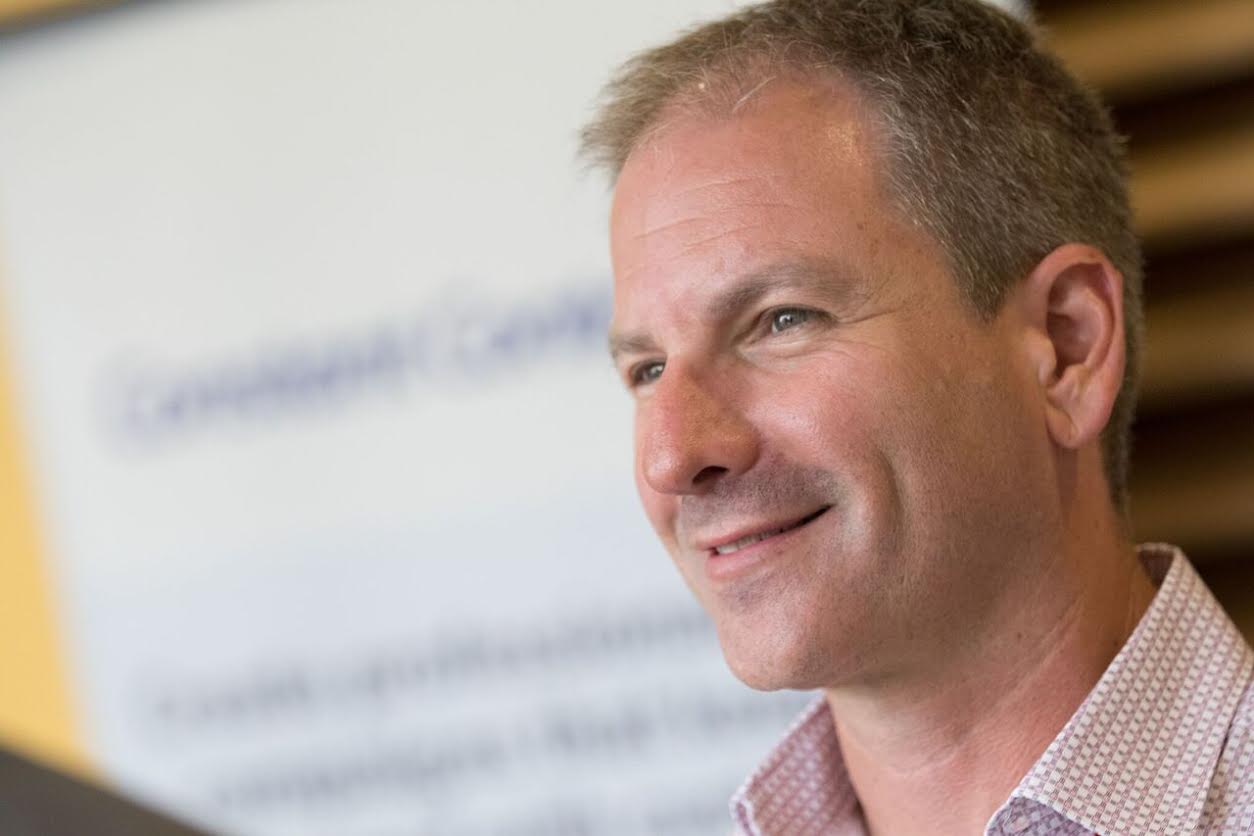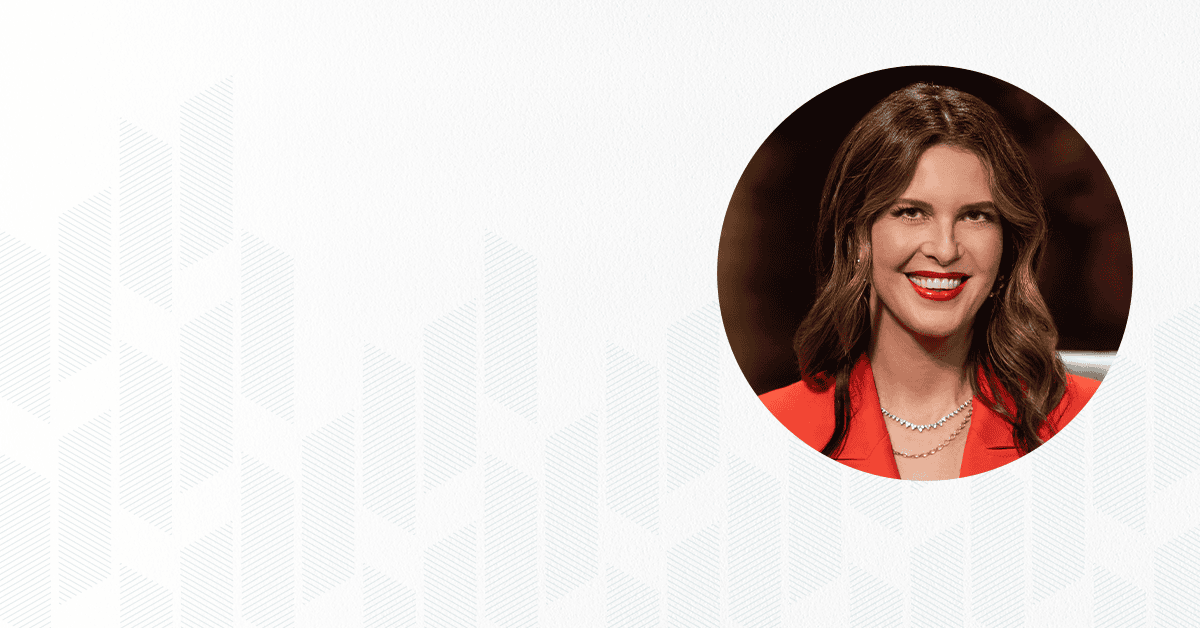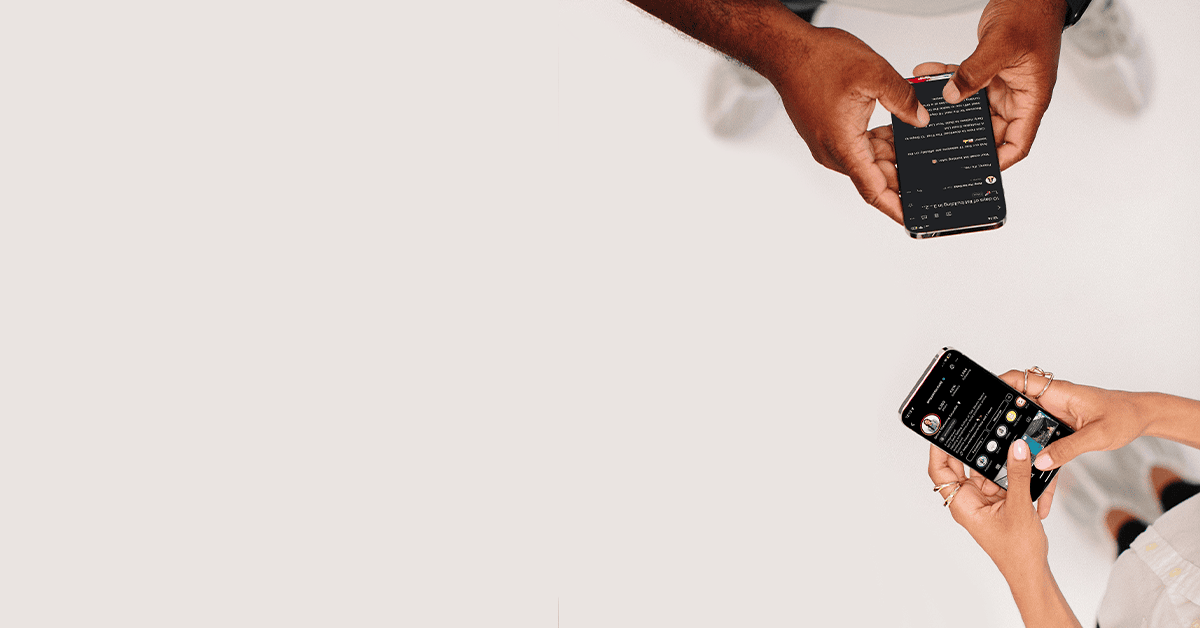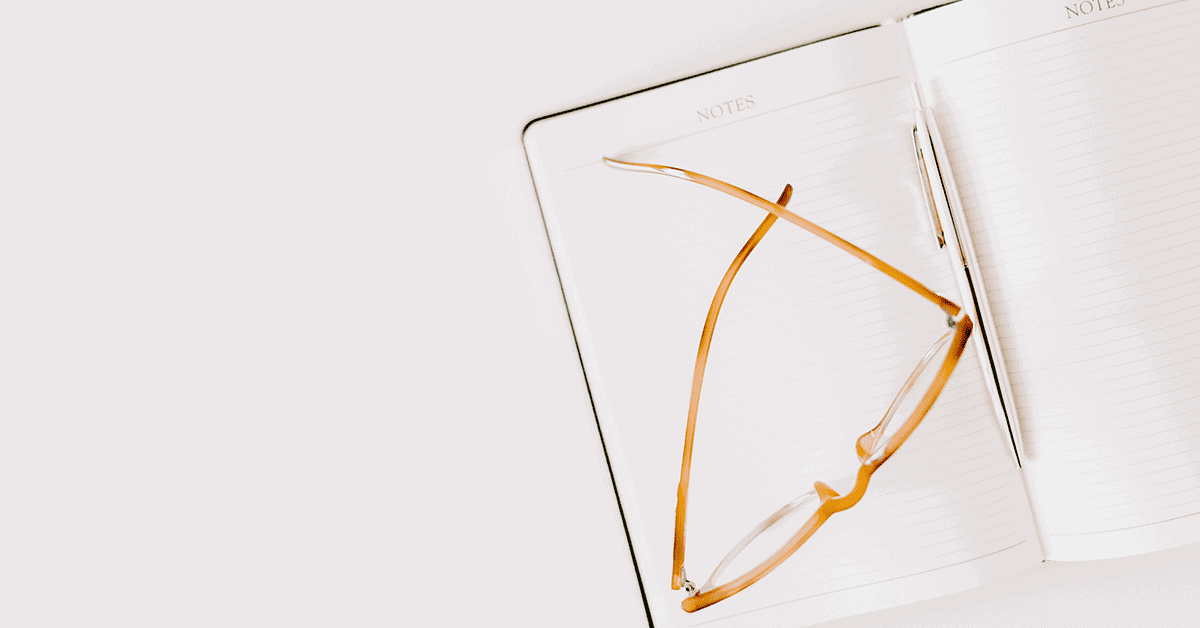Listen on…
A lot of you have asked me if it's a good idea for you to start planning live events. You see the entrepreneurs you admire staging weekend retreats where they get up and set their audience on fire with excitement, education and motivation. Maybe you've even been to one and thought “Hey, I could do that!”
The short answer is Yes! I started planning and participating in live events very early in my business, and while my inexperience made it a little terrifying at first, I couldn't deny the powerful boost it gave me–not just in terms of leads, but also in terms of confidence.
That's why I invited Rich Brooks to join me on the show today. Rich is a small business owner who just happens to be an event-planning powerhouse. I asked Rich to let me pick his brain for the fundamentals of planning a successful live event.
The Who and the Why
If you've ever attended Rich's amazing Agents of Change conference in Portland, Maine, it may surprise you to learn that his live event track record began with a simple lunch meeting.
The purpose of a live event isn't to wow everyone with your multimedia presentations and dynamic speeches. Those are great bells and whistles to add as you gain experience, but the real heart of a live event is to do four things:
- Get your name out there and establish your credibility
- Differentiate yourself from competitors
- Generate leads for business
- Turn a profit
The more you work on your online marketing, the more you start to notice how crowded it is out there. It's getting harder and harder to get noticed in people's social media feed, no matter how valuable your content is. So why not get the edge on your competitors and take your message directly to your audience, face to face?
Yes, it takes more time and effort to plan an event than to post something on Facebook. But, Rich says,
“A live event could be that thing that really separates you and raises you above all of the other people out there in your industry. If you are looking to kind of change up the way you engage with people, a live event may be the perfect thing for you.”
Get the “7 Mistakes to Avoid When Planning a Live Event”
3 Phases of a Live Event: Speakers, Sponsors and Seats
Rich says that all live event planning boils down to these three phases.
- Speakers – Getting people to offer valuable content for your audience
- Sponsors – Getting people to contribute to your audience's experience
- Seats – Getting people to show up in your audience
First Things First – Who Is This For?
Before you start worrying about getting people to show up (we'll talk about that later), spend some time thinking about who you want to show up. The key thing here is quality over quantity. Here's what Rich has to say about it:
“The #1 is that you are putting on an event for people. Who is this audience? What do they look like? Who is your avatar? What kind of information do they want to consume? What are they looking to accomplish? What are they looking to do?”
As in all other forms of marketing, you need to narrow in on your ideal audience member, and design the perfect event for them. I know it's counterintuitive, but being super specific will actually help you attract more people.
Once you know who you're planning this event for, you'll have a firm foundation to build on with the three phases.
Phase 1: Speakers
There are three main ways of attracting speakers to help lead your event:
- Get them to do it for free as a way to gain visibility.
- Pay them.
- Have them pay you.
If that last item made you do a double-take, considering that many potential sponsors are eager to be seen as thought leaders, and would love the chance to get up and present to your audience. (Too many of these type of speakers can kill an event, though, so limit it to one or two sponsors whose product or service would truly benefit your ideal audience.)
Obviously, if there's an ideal speaker that you can afford to pay, then do it!
But it's actually much easier than you might think to attract quality presenters to your event for free. Call on people you have an existing relationship with. Ask colleagues to recommend good candidates…then get them to introduce you! Look around for people who have just published a book, started a podcast, have something they're trying to promote.
Yes, it can be intimidating to reach out to people–even a natural networker like Rich isn't always entirely comfortable with this part of the planning process. But it never hurts to ask…or even nag a little! You'll often be surprised at who says yes.
Hear more of Rich's stories about scoring great speakers for live events. Click here to listen to the full episode.
Phase 2: Sponsors
The idea with sponsors is, of course, bringing in some money from your event. Enough, at least, so that you don't lose money. They can underwrite some of the costs of putting on the event, provide technology services, even supply coffee, snacks and meals for attendees. (This turns out to be one of the most expensive aspects of planning an event, Rich says).
The key to looping sponsors into your event is taking a “barter” approach. Think of it as them trading sponsorship for something your event can offer them.
For example, Rich approached the local news station where he often appears as the “Tech Guy” and told them he was having a panel of people from Maine appear during his conference. This was a perfect tie-in with the station's brand, and they agreed to sponsor the event.
Bottom line: give some thought to how your sponsors will benefit from association with your event, and you'll make it a whole lot easier for them to say “yes.”
Click here to download this week's free giveaway.
Get the “7 Mistakes to Avoid When Planning a Live Event”
Phase 3: Seats
This one is the biggie–“How am I going to sell tickets?”
It's also the number one fear that keeps people from planning a live event–“What if nobody shows up?”
This is where your list comes in handy! Rich says that with every event, his team tries new tactics for reaching people, and every year finds that his opt-in lists have the best yield.
“I discovered over the years that nothing sells tickets like email. It really does make a difference.”
Two more things to keep in mind:
- People really like attending live events. They want something to get excited about with other people–by planning a live event, you're offering something they truly want.
- There is nothing wrong with an event that has 12 people as long as it is the right 12 people and they are paying enough money to cover the expenses of your event.
Find out more ways to fill the seats at your live event! Listen to the full episode here.
…And Just One Two More Things
What do I charge?
You may struggle with charging money for your event, especially if it's your first one. When the purpose of the event is to generate leads for your business, it can feel a little wrong to ask for money on top of that.
But Rich says charging for your event is an important part of everyone getting value out of it, including the attendees.
“I found that if you have a free event people will be excited about it and then they don’t show. They don’t have any skin in the game. … You have to charge something so people understand that there is a value to what they are getting.”
How much should I promote?
In the excitement around planning your first event, it's easy to just bombard social media with reminders that it's happening and people should come. But it's important to carefully craft a sales message around your event, so that people don't get sick of hearing about it! For example, Rich will post a “10 Fun Things to Do in Portland, Maine” article on his blog, and end it with a simple pitch for his event.
Try to time your more obvious promotions around FOMO-inducing moments in the sales process. Announcing Early Bird discounts, One Day Only specials, “Seats Are Rapidly Selling Out!” messages, etc. are perfect opportunities to jog people's memories that they want to attend.














